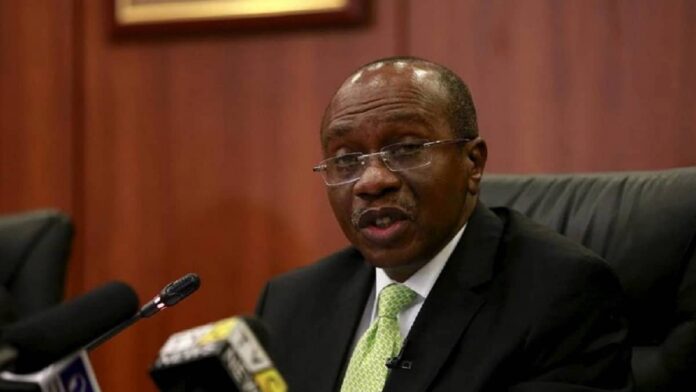CBN’s cap on SDF not likely to drive real sector lending, Cardinalstone says
The apex bank cap on Special Deposits Facilities is not likely to drive real sector lending, investment banking experts have reckoned. Cardinalstone Partners, a leading investment banking firm, noted that the Central Bank of Nigeria’s underlying intention for capped Special Deposits Facility is to channel lending into the real sector of the economy.
However, analysts at Cardinalstone said though the intent is clear the impact would be negligible. In its July 10 circular, with reference to all banks and discount houses, the apex bank said that the remunerable placements should not exceed N2 billion.
Analysts interpreted the CBN circular to mean that any deposit above the set floor would not be remunerated from July 11, 2019.
The circular which stated that SDF of N2billion shall be remunerated at the interest rate prescribed by the monetary policy committee from time to time target is to address the amount of funds banks have in the window per period.
The highlight of the review indicates that the remunerable SDF placement for banks is now capped at N2 billion, which represent a 275% decrease when compared to the previous cap of N7.5 billion.
It stated that banks will not be remunerated for SDF placements above the stipulated maximum of N2 billion.
In its assessment, Cardinalstone said that the firm views the review of SDF guidelines as the latest in a series of measures put forward by the CBN to accelerate credit growth in the domestic economy.
The CBN had previously expressed its displeasure at banks’ deployment of excess cash to the SDF, rather than lend to productive sectors of the economy.
“In our view, the recent review is not likely to have a significant impact on the net interest margin of banks.
To this point, we note that the SDF pales in comparison to banks placements in investments securities from a size and interest rate standpoint”, Cardinalstone added.
In the assessment, Cardinalstone reckoned that for context, total banking sector investments in CBN bills amounted to N3.9 trillion as at March 2019 -December 2018: N3.9 trillion – compared to SDF of N68.9 billion.
The new measure is also not likely to drive real sector lending, given that banks are still able to redirect excess cash to money market instruments at the secondary market.
“In our view, this factor may have contributed to the bullish sentiment in the T-Bill market in Wednesday’s session as average T-bill yields dropped by 100 basis points to 11.0%”, the firm noted.
The firm said it believes that the new cap on SDF placements could also force banks to direct some excess funds to interbank placements subject to the level of system liquidity.
However, we note that sustained declines in the value and frequency of OMO sales and the implied build-up of system liquidity as observed in the last few months could lead to a decline in returns from such investments.
Overall, the recent revision of SDF guidelines is unlikely to drive material credit creation in isolation.
“We, therefore, believe that the apex bank is likely to introduce additional policies to complement the recently issued regulatory measures”, Cardinalstone stated. #CBN’s cap on SDF not likely to drive real sector lending, Cardinalstone says
Read Also: CBN limits daily placements by banks to N2 billion












